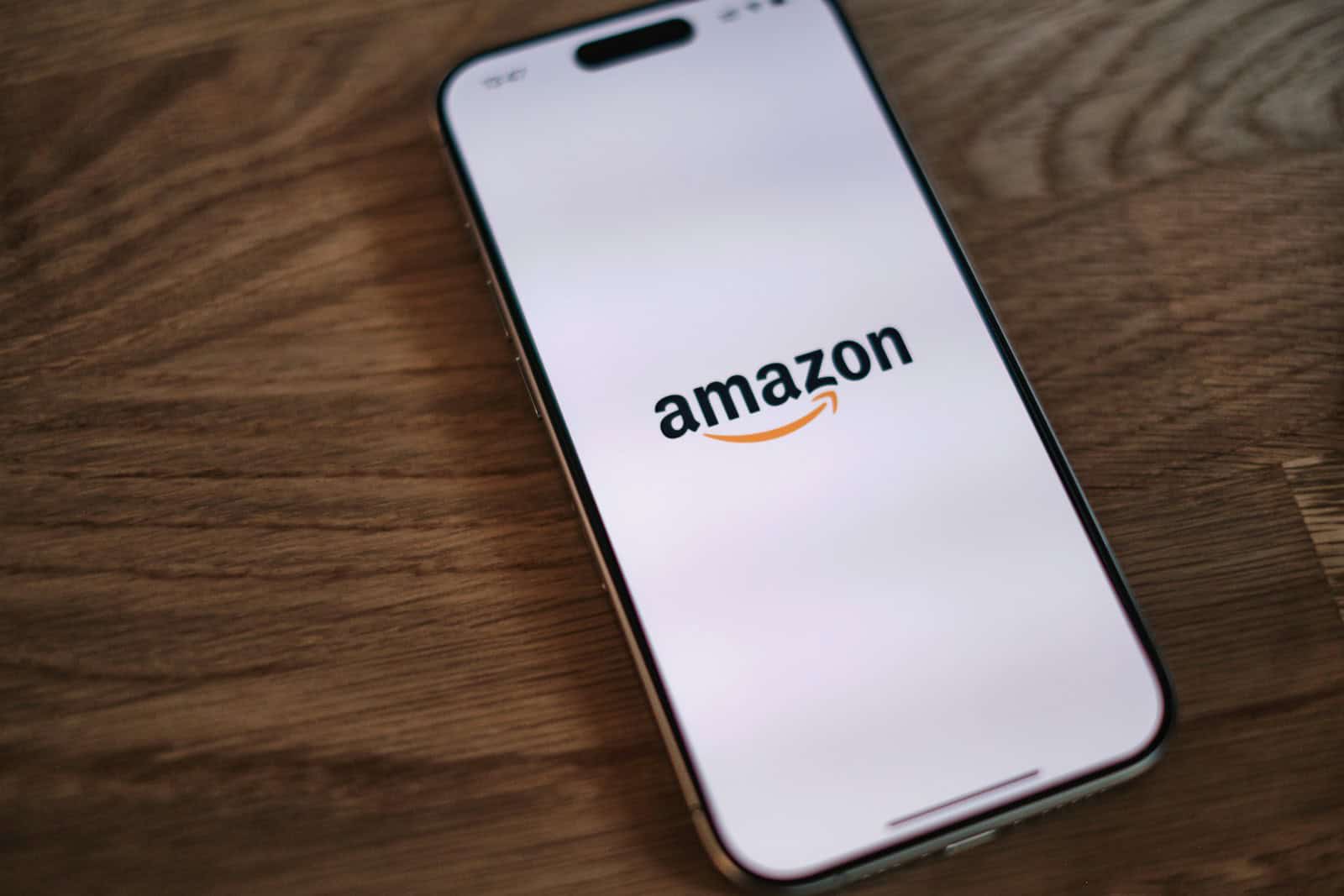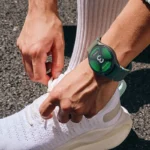Amazon has announced the discontinuation of its “Try Before You Buy” service, which allowed Prime members to try on clothing and accessories before making a purchase. This program was a significant competitor to services like Stitch Fix, but it ultimately became too costly for Amazon to maintain. This move is part of their strategy to streamline operations.

The End of an Era: Amazon’s “Try Before You Buy”
Amazon recently ended its “Prime Try Before You Buy” program. This program allowed Prime members to order clothes and try them on at home before deciding to buy them. The service was a direct competitor to companies like Stitch Fix, which mails you personalized clothing choices regularly.
Why did Amazon end the program?
Amazon has not given a specific reason for ending the program. However, many people believe that the costs of running the program were too high. Processing returns for unwanted items was likely expensive. It is also possible that Amazon saw a change in how people shop for clothes online. People may now feel comfortable buying clothes online without trying them on first.
What other options are available?
Even though “Try Before You Buy” has ended, you can still try on clothes before you buy them through Amazon Prime Wardrobe. This program lets you pick out clothes and try them on at home. You only pay for what you decide to keep. The difference is that Prime Wardrobe has a smaller selection of clothes than “Try Before You Buy” had.
What does this mean for online shoppers?
This change could mean that online shoppers will have fewer choices when it comes to trying on clothes before buying them. However, many stores still offer similar programs. For example, you can still use Stitch Fix to get personalized clothing recommendations and try them on at home. Other stores like Nordstrom and Macy’s also have programs that let you order online and return items to their stores.
Comparison of “Try Before You Buy” Alternatives
| Program | Description | Pros | Cons |
|---|---|---|---|
| Amazon Prime Wardrobe | Try on clothes from a limited selection before you buy. | Free returns, wide variety of brands. | Smaller selection than “Try Before You Buy”. |
| Stitch Fix | Get personalized clothing recommendations and try them on at home. | Personalized styling, convenient. | Styling fee may apply, more expensive than some options. |
| Nordstrom Trunk Club | Try on clothes selected by a personal stylist. | Curated selection, high-quality items. | Styling fee applies, higher price point. |
| Macy’s Personal Stylist | Get free style advice and try on clothes in-store or at home. | Free styling service, convenient options. | Selection may vary by store. |
Looking Ahead
It remains to be seen how this change will affect online shopping habits in the long term. It is possible that other online stores will follow Amazon’s lead and end their try-before-you-buy programs. However, it is also possible that these programs will become even more popular as shoppers look for ways to avoid buying clothes that they cannot try on first.
The Rise of Virtual Try-On Technology
With the end of Amazon’s “Try Before You Buy” program, many shoppers are wondering what the future holds for online clothing shopping. One exciting development is the rise of virtual try-on technology. This technology uses augmented reality (AR) to let you see how clothes would look on you without physically trying them on. Many companies are already using this technology, and it is likely to become even more sophisticated in the future. Virtual try-on could be a game-changer for online clothing shopping, making it easier than ever to find clothes that fit you well and match your style.
Short Summary:
- Amazon will phase out the “Try Before You Buy” service, effective January 31, 2025.
- This decision aligns with CEO Andy Jassy’s broader cost-cutting initiatives throughout the company.
- With this service’s closure, Amazon is shifting focus toward AI-driven shopping experiences.
Amazon’s decision to end the “Try Before You Buy” service marks a noteworthy shift in its approach to online shopping. Launched in 2017, originally branded as Amazon Prime Wardrobe, the service enabled members of Amazon’s Prime program to order apparel, accessories, and shoes — try them at home, and then only pay for what they chose to keep. The convenience of shopping from home appealed to many consumers, especially those looking to avoid the crowds and hassles of physical stores.
As plans to close the service come into effect on January 31, 2025, a notice on Amazon’s website directs users back to its main fashion homepage. An Amazon spokesperson confirmed this decision, stating,
“Given the combination of Try Before You Buy only scaling to a limited number of items and customers increasingly using our new AI-powered features like virtual try-on, personalized size recommendations, review highlights, and improved size charts to make sure they find the right fit, we’re phasing out the Try Before You Buy option.”
This announcement is part of a larger trend at Amazon under the leadership of CEO Andy Jassy, who has implemented significant cost-saving measures following extensive layoffs that began in 2022. To date, these layoffs have resulted in over 27,000 job losses across various divisions, with multiple experimental projects also shuttered, such as a rapid brick-and-mortar delivery service and a telehealth offering. The closure of “Try Before You Buy” is the latest in a series of adjustments aimed at refining Amazon’s business model while responding to evolving consumer demands.
The Pros and Cons of “Try Before You Buy”
For many users, the “Try Before You Buy” experience offered a practical solution to online shopping’s fitting challenges. The service was simple; after selecting items to try at home, customers had a week to wear, evaluate, and decide whether to keep or return the products. This model mirrored the approaches taken by subscription services such as Stitch Fix and Rent the Runway, which allow for an element of trial before purchase.
However, returning items was not without its drawbacks. Shoppers often fell prey to the clutches of hidden fees and intricate return policies. Stitch Fix, for example, imposes a $20 styling fee per shipment, which gets credited towards any purchases made, but isn’t refunded if the entire shipment is returned. Consumer psychologist Kit Yarrow explains that such fees can psychologically nudge customers into keeping items they may not genuinely want.
“We hate to feel like we’re losing something. If we feel like we’ve already spent money to get a service and we can get that money back with a purchase, we’re going to be kind of mentally calculating a price reduction in that item we’re considering,”
she notes.
Future Directions and AI Integration
With the closing of the “Try Before You Buy” service, Amazon is steering its attention towards enhancing its AI-powered shopping tools. These innovations are designed to provide customized shopping experiences through features such as virtual try-ons and personalized size recommendations. This shift indicates that Amazon is prioritizing technology to meet customer preferences instead of solely focusing on traditional try-on services.
A spokesperson elaborated on this pivot, stating,
“Our customers are increasingly finding success with our technological advancements in fashion shopping, which facilitate a more personalized shopping experience.”
Market Reactions and Consumer Sentiment
The response from consumers and industry experts has been mixed. Longtime Stitch Fix subscriber Cara Ferguson highlighted the advantages of such personalized services, asserting,
“Stitch Fix is great because their clothes always end up fitting perfectly and are unique.”
Some users have expressed dissatisfaction with Amazon’s less curated offerings, and the lack of tailored recommendations was cited as a significant drawback of Prime Wardrobe compared to competitors.
As Amazon withdraws from the clothing try-on game, stylistically inclined consumers are left exploring alternatives that may provide the personalized touch they seek. With traditional retailers now facing pressure from digital-first companies, the landscape of online clothing shopping will continue to evolve. Those looking to replace their experience with the Prime service are keen to learn about alternatives like Dailylook, Nuuly, or Nordstrom’s Trunk Club, which offer a comparable service with more personalized curation.
The Bigger Picture
This move by Amazon raises broader questions about the future of try-before-you-buy concepts in retail. According to Casey Taylor, a partner at Bain and Company, the convenience of shopping from home remains a significant draw for consumers.







